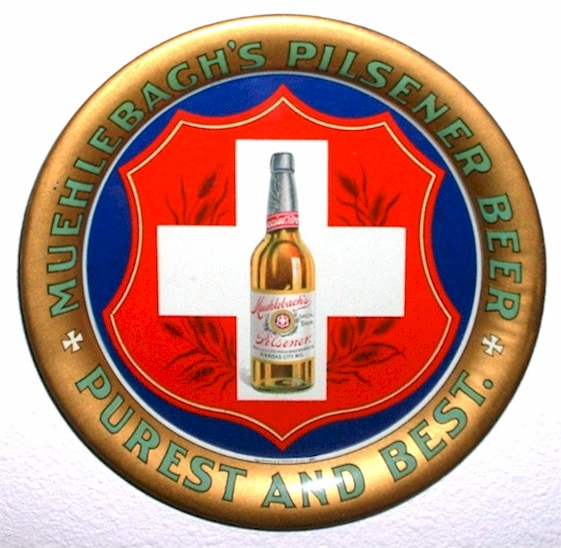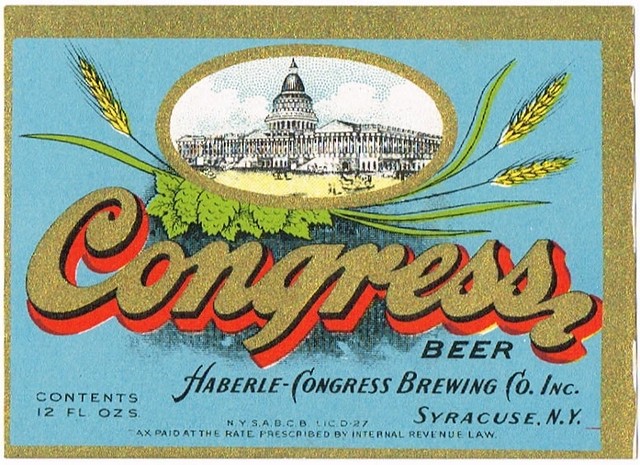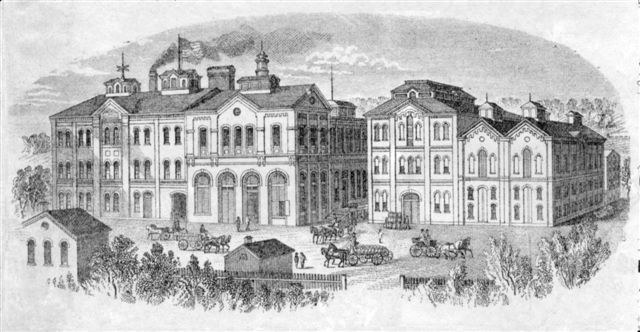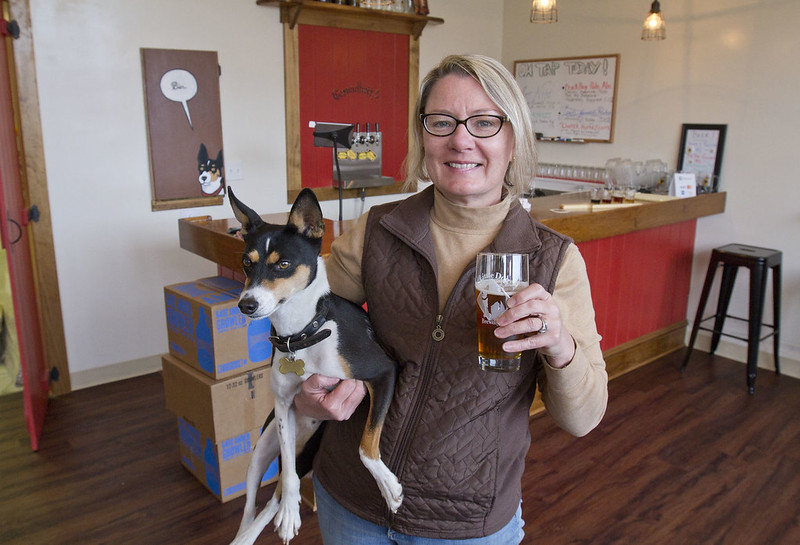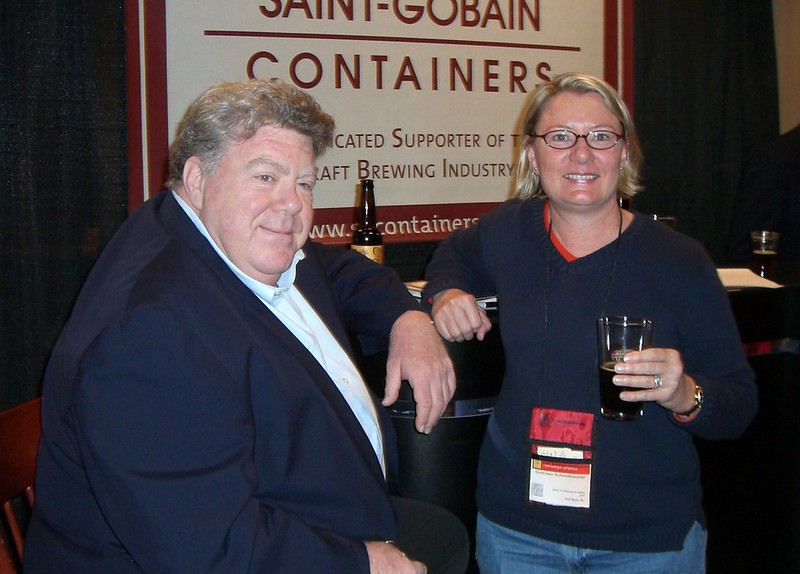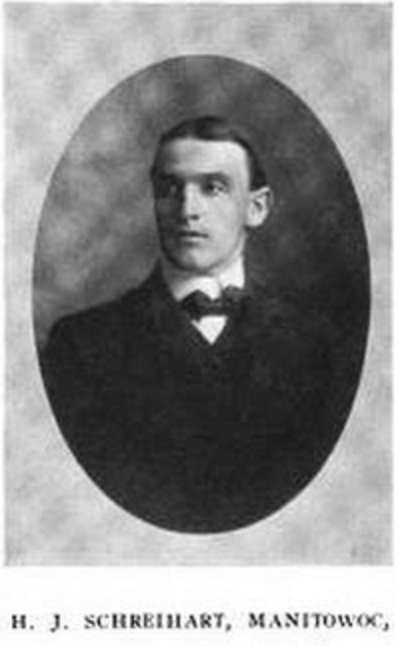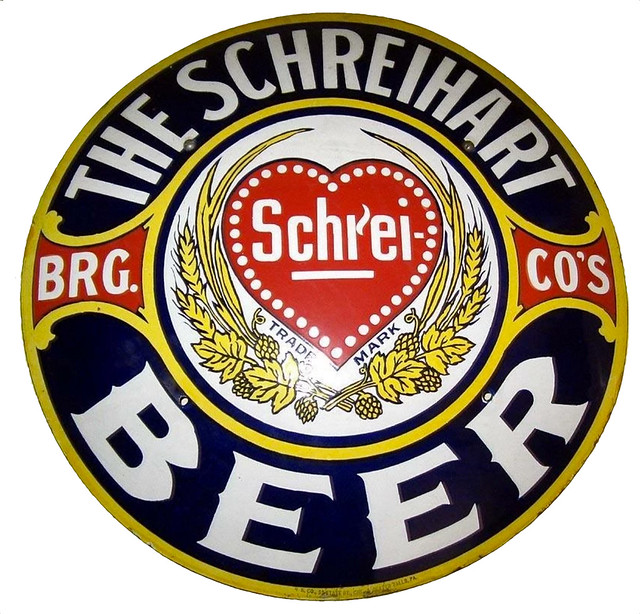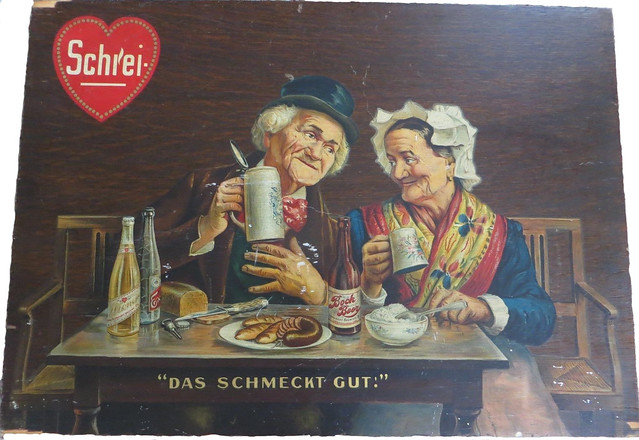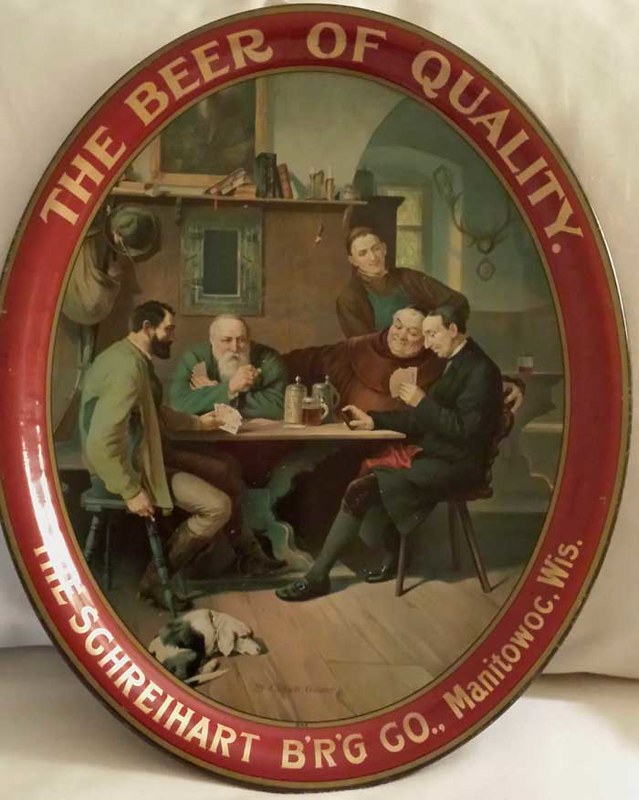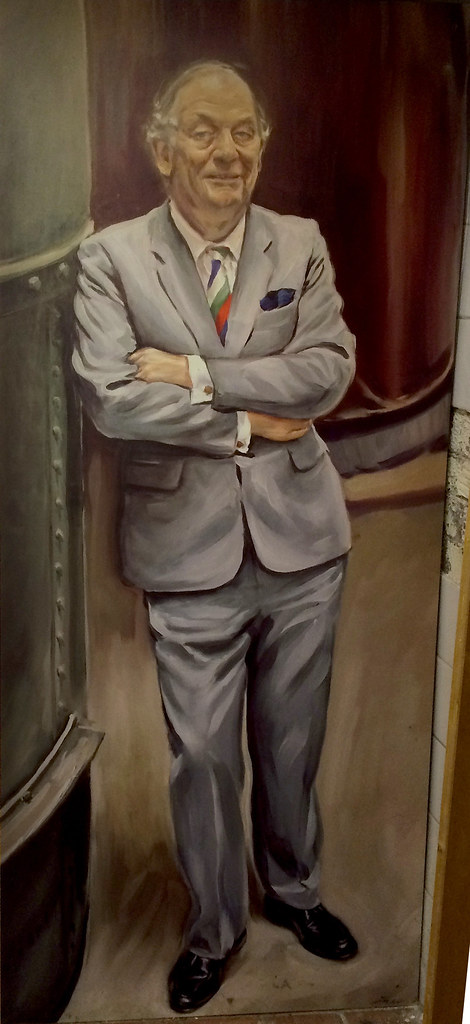
Today is the birthday of George Edward Muelebach (August 10, 1881-January 11, 1955). He was the son of George Muelebach, who emigrated to Kansas City, Missouri, from Switzerland and founded the George Muehlebach Brewing Co. in 1868, along with his brother John Muelebach (some sources say Peter). But George E. took over the brewery upon his father’s death in 1905. In 1915, he also opened the now-historic Muehlebach Hotel, which may have taken a lot of his focus, as well as his minor league baseball team, the Kansas City Blues. By the time of George E’s passing, he had retired to California as vice-president. A year after his death, the brewery was sold to Schlitz, who closed the Kansas City brewery in 1973.

This is a short biography of Muehlebach from Find-a-Grave:
George Muehlebach built and operated the Muehlebach Hotel in Kansas City, Mo., which was visited by every United States President from Theodore Roosevelt. His most famous presidential connection was Harry S. Truman, who used the hotel as the White House headquarters during frequent visits to his nearby hometown of Independence, Mo. Truman stayed in Independence but conducted business in the penthouse suite of the Muehlebach hotel. It was here that he predicted his upset victory to staffers during election night 1948, and it was here that he signed the Truman Doctrine legislation aid for Turkey and Greece on 22 May 1947.
Muehlebach was also the owner of a minor league baseball team, the Kansas City Blues (American Association). His team won the AA pennant in 1918, 1923 and 1929. In 1936, the Blues became a farm club of the New York Yankees. They won the AA championships five times in the 1930s and 1940s. The official website of Minor League Baseball calls the Blues teams of 1929 and 1939 two of the 100 greatest Minor League Baseball teams ever.

And this is his obituary:


And this biography was written by Barbara Magerl for the Missouri Valley Historical Society’s Special Collections:
George Edward Muehlebach assumed leadership of the
Muehlebach Brewing Company in 1905 at the young age of 23,
when George Muehlebach, his Swiss-born father and founder of
the brewery died. Educated at Sts. Peter & Paul Catholic School
and Webster School, young George graduated from Spaulding’s
Commercial College by age 17. Summer jobs at the brewery at 18th
and Main had familiarized him with all operations of the brewery,
which was founded in 1868. Under Muehlebach’s leadership the
brewery’s size and sales doubled between 1905 and 1913.A Kansas City promoter, he built the Muehlebach Hotel at 12th
and Baltimore in 1916, became a bank director, board member of
Research Hospital, and a member of several prestigious clubs.As a teenager, George had played first base on the Muehlebach
Brewing Company’s Pilseners baseball team, spawning a keen
interest in the sport. He owned the Kansas City Blues, twice
American Association champions, from 1917 to 1932.Muehlebach built a half-million dollar ballpark at 22nd and Brooklyn
in 1923, the only park in its league free of billboards. Under various
names, Muehlebach Stadium was Kansas City’s ballpark until the
Truman Sports Complex was built.After producing non-alcoholic drinks during Prohibition,
Muehlebach Brewing closed in 1929. When Prohibition ended,
George E. Muehlebach was the city’s first Liquor Control Director.
He returned to brewing in 1938 as vice-president and general
manager of a partnership with Schlitz Brewery at Third and Oak
Streets.A personally modest man known for his fairness and generosity,
George Muehlebach died on January 11, 1955. Today the Hotel
Muehlebach is a reminder of his role in Kansas City.

The Muehlebach Hotel became quite famous in its own right, and even today is still operated as the Kansas City Marriott Downtown.

Over the years, quite a number of celebrities and politicians stayed at the hotel, and here’s just a sample, from the hotel’s Wikipedia page:
During the 1928 Republican National Convention, held across the street at Convention Hall, Herbert Hoover frequented the hotel.
Howard Hughes had the presidential suite during his 1945 stay.The Muehlebach was the White House headquarters for Harry S. Truman during his frequent visits to his home in nearby Independence, Missouri. Truman stayed in Independence but conducted business in the Presidential Suite in the hotel’s penthouse. Truman signed the Truman Doctrine legislation aid for Turkey and Greece at the hotel on May 22, 1947.
Truman predicted his upset victory to staffers at the hotel during election night 1948 (although he spent the night out of the media spotlight at the Elms Hotel in Excelsior Springs, Missouri). The Presidential Suite was later renamed the Harry S. Truman Presidential Suite following his terms of office.
Roy O. Disney spent the night in July 1956 before spending the Fourth of July in Marceline, Missouri with his brother, Walt Disney.
In 1959 the Society of American Registered Architects (SARA), founded by architect Wilfred Gregson in 1956 with the mission of “Architect Helping Architect”, held its first national conference at the Hotel Muehlebach. Gregson reported to those assembled: “You are the ones who have made the first great step toward a unified profession of architects. You are a living report that will go to every part of these fifty United States”.
In the fall of 1974, President Gerald Ford stayed at the Muehlebach when he was in town as the keynote speaker for the National FFA Convention. He shook hands with many of the FFA band members that were standing in a rope line in the lobby. The band members were also staying at the hotel the same week.During the 1976 Republican National Convention both Gerald Ford and Ronald Reagan made pitches for delegates at the Radisson Muehlebach.
Immediately following the 1976 Republican Convention, Robert A. Heinlein was the Guest of Honor at the 34th World Science Fiction Convention held at the Radisson Muehlebach and the Hotel Phillips, directly across the Street. He was booked into the Muehlebach’s Harry S. Truman Presidential Suite for the 5-day convention held during the 1976 Labor Day weekend.
Among the other celebrity guests that stayed at the Muehlebach were Babe Ruth, the Beatles, and Elvis Presley
